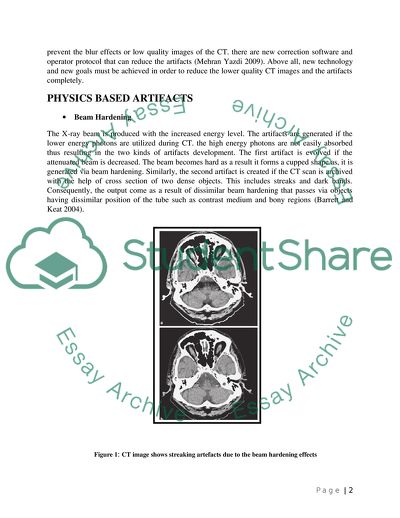Cite this document
(Computerized Tomography Portfolio Report Example | Topics and Well Written Essays - 1750 words, n.d.)
Computerized Tomography Portfolio Report Example | Topics and Well Written Essays - 1750 words. https://studentshare.org/health-sciences-medicine/1779465-computerised-tomography-portfolio
Computerized Tomography Portfolio Report Example | Topics and Well Written Essays - 1750 words. https://studentshare.org/health-sciences-medicine/1779465-computerised-tomography-portfolio
(Computerized Tomography Portfolio Report Example | Topics and Well Written Essays - 1750 Words)
Computerized Tomography Portfolio Report Example | Topics and Well Written Essays - 1750 Words. https://studentshare.org/health-sciences-medicine/1779465-computerised-tomography-portfolio.
Computerized Tomography Portfolio Report Example | Topics and Well Written Essays - 1750 Words. https://studentshare.org/health-sciences-medicine/1779465-computerised-tomography-portfolio.
“Computerized Tomography Portfolio Report Example | Topics and Well Written Essays - 1750 Words”. https://studentshare.org/health-sciences-medicine/1779465-computerised-tomography-portfolio.


